Major U.S. investment banks, including Goldman Sachs and Bank of America (BofA), have revised their interest rate expectations, delaying anticipated rate cuts and exerting downward pressure on both the cryptocurrency and traditional financial markets.
Data from the December jobs report, released on January 10, showed robust labor market strength, with nonfarm payrolls adding 212,000 jobs, surpassing the 160,000 forecast. The unemployment rate dipped to 4.1% from 4.2%, while average hourly earnings—a key inflation indicator—rose modestly by 0.3% month-over-month and 3.9% year-over-year.
In response, Goldman Sachs pushed its projection for the next Federal Reserve rate cut from March to June.
The bank stated in a research note: "We now expect the Fed to cut rates only twice in 2025—in June and December—compared to our earlier forecast of three cuts in March, June, and December. Additionally, we anticipate another rate cut in June 2026."
Goldman Sachs added that the Federal Open Market Committee’s (FOMC) December decisions indicate the Fed's priorities have shifted significantly toward price stability. "While average hourly earnings showed modest gains, avoiding severe overheating signals, arguments for rate cuts to ease labor market tightness have diminished," the bank explained.
The Fed began its rate-cut cycle in September with a 0.5 percentage point reduction, followed by two 0.25 percentage point cuts in November and December. However, it has reduced its anticipated 2024 rate cuts from four to two.
Despite improvements in inflation and labor market stability, Goldman Sachs and JPMorgan still forecast rate cuts, whereas BofA takes a more hawkish stance. BofA suggested that rates could remain steady for an extended period or even increase. It noted that the U.S. 10-year Treasury yield has risen 100 basis points since the initial rate cut on September 18.
"We believe the rate-cutting cycle has concluded," a BofA representative told Reuters. "The Fed is likely to hold rates steady for the long term, with a greater likelihood of rate hikes than cuts in the next decision."
ING echoed these sentiments, stating: "Given recent economic reports, the market's view of the risk of prolonged rate stability by the Fed seems justified. This perspective could gain traction if next week’s core inflation data shows a fifth consecutive month of a 0.3% monthly increase."
Impact on Bitcoin and Broader Markets
Bitcoin, which soared over 50% to an all-time high of $108,000 after the initial September rate cut, briefly dipped below $90,000 before recovering to $94,600.
Meanwhile, the three major U.S. stock indices closed mixed. The Dow Jones gained 0.86%, the S&P 500 rose 0.16%, while the Nasdaq dropped 0.38%. The U.S. Dollar Index (DXY) climbed to near 110 for the first time since late 2022, supported by rising Treasury yields.
As the December Consumer Price Index (CPI) report is set to be released on January 15, market experts caution that both CPI and core CPI could rise due to base effects, potentially reinforcing the Fed’s hawkish stance.





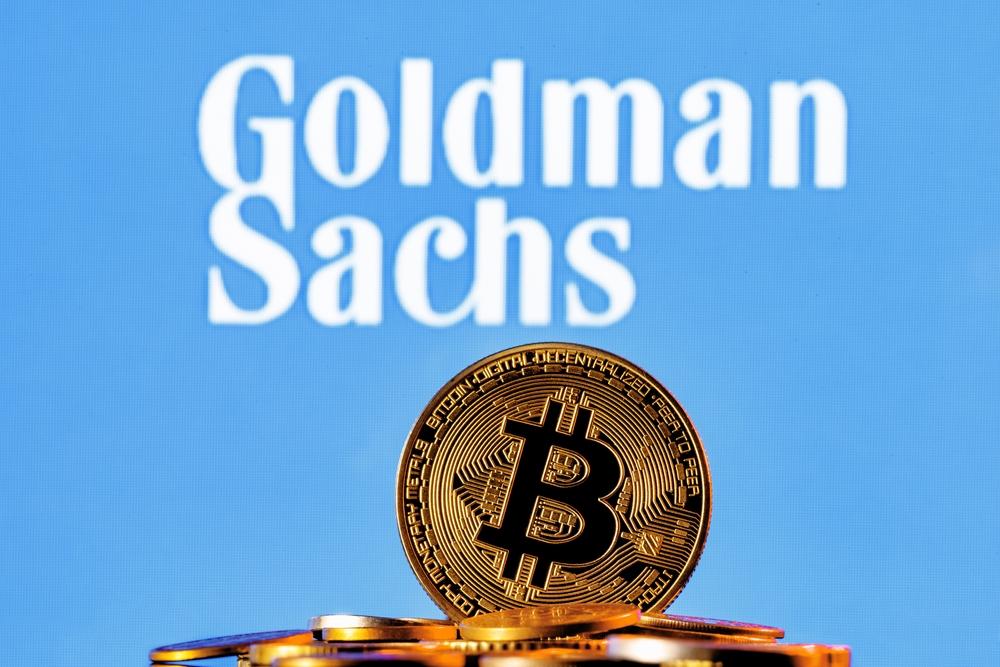


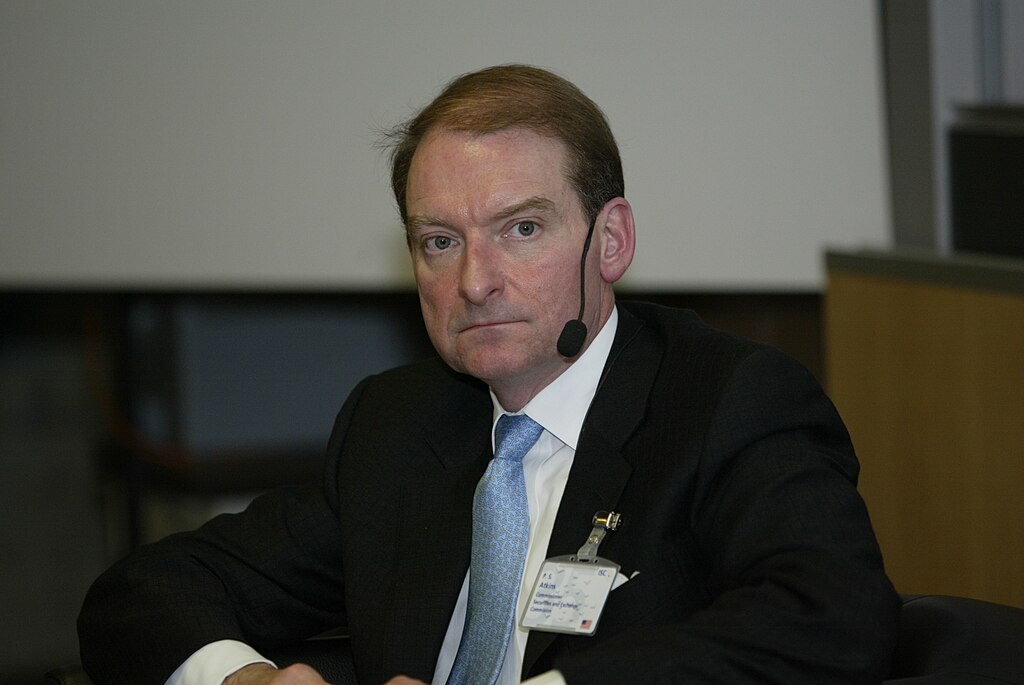

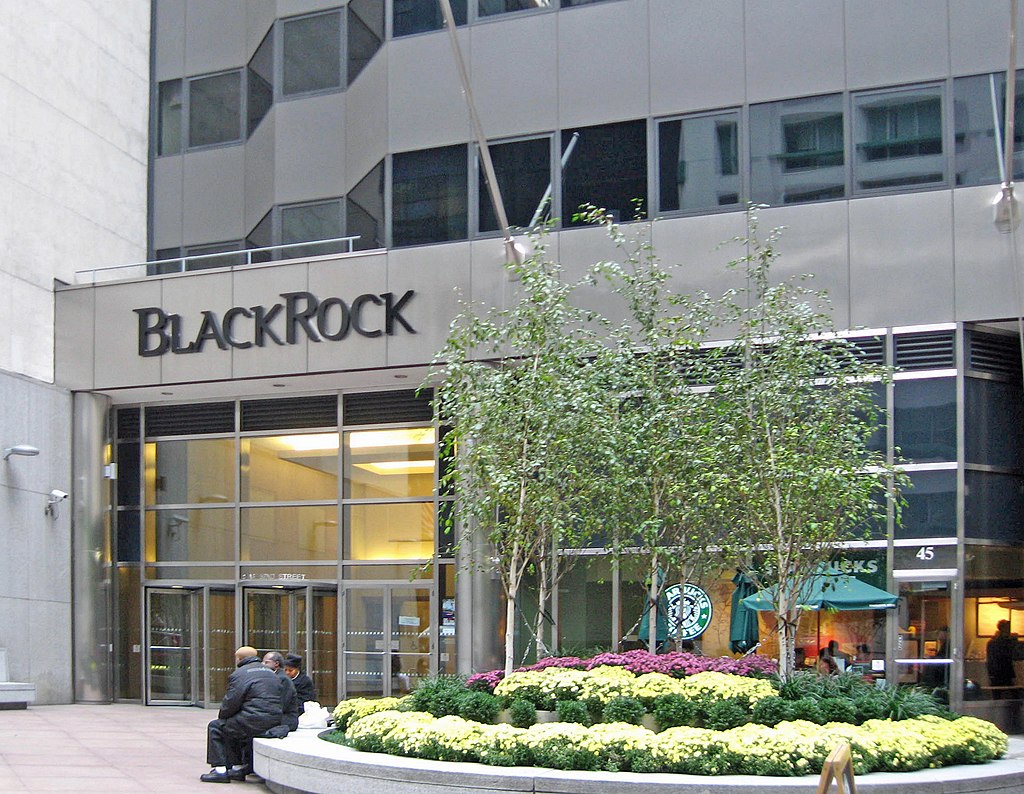
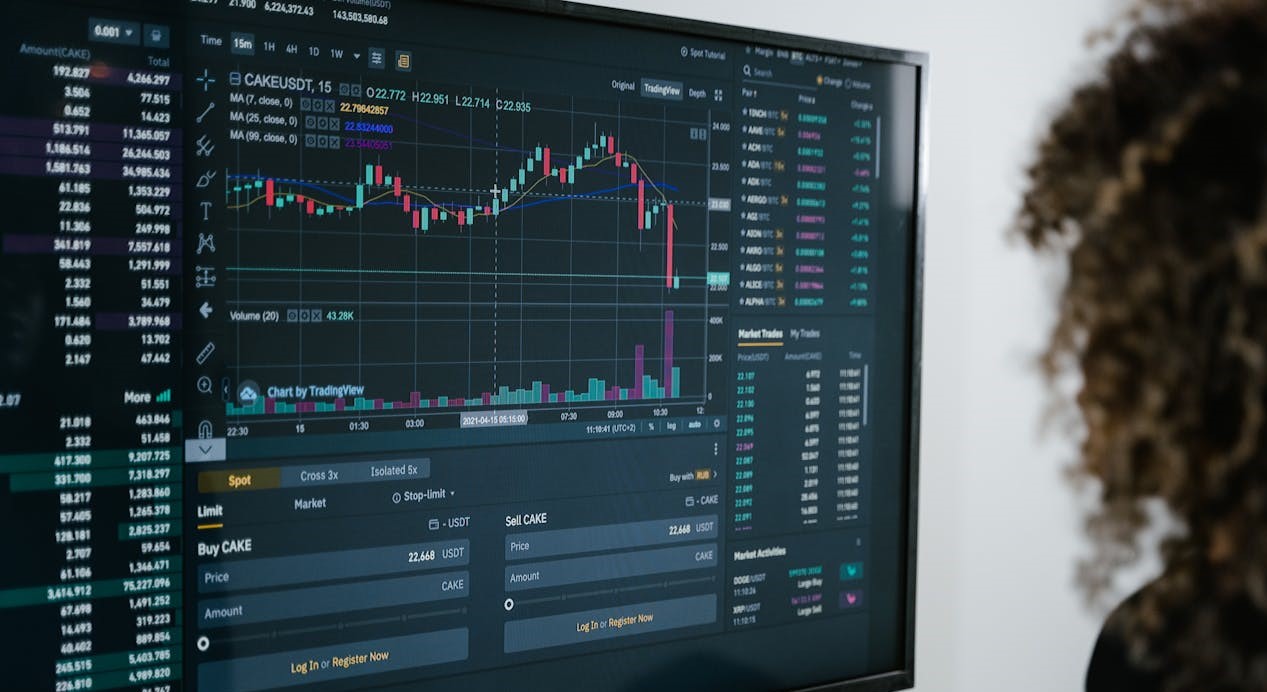

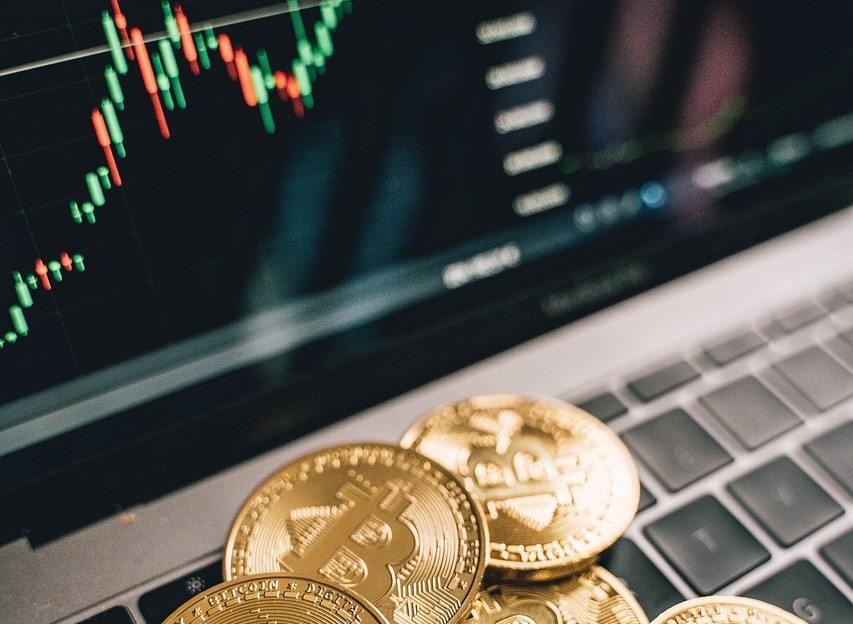

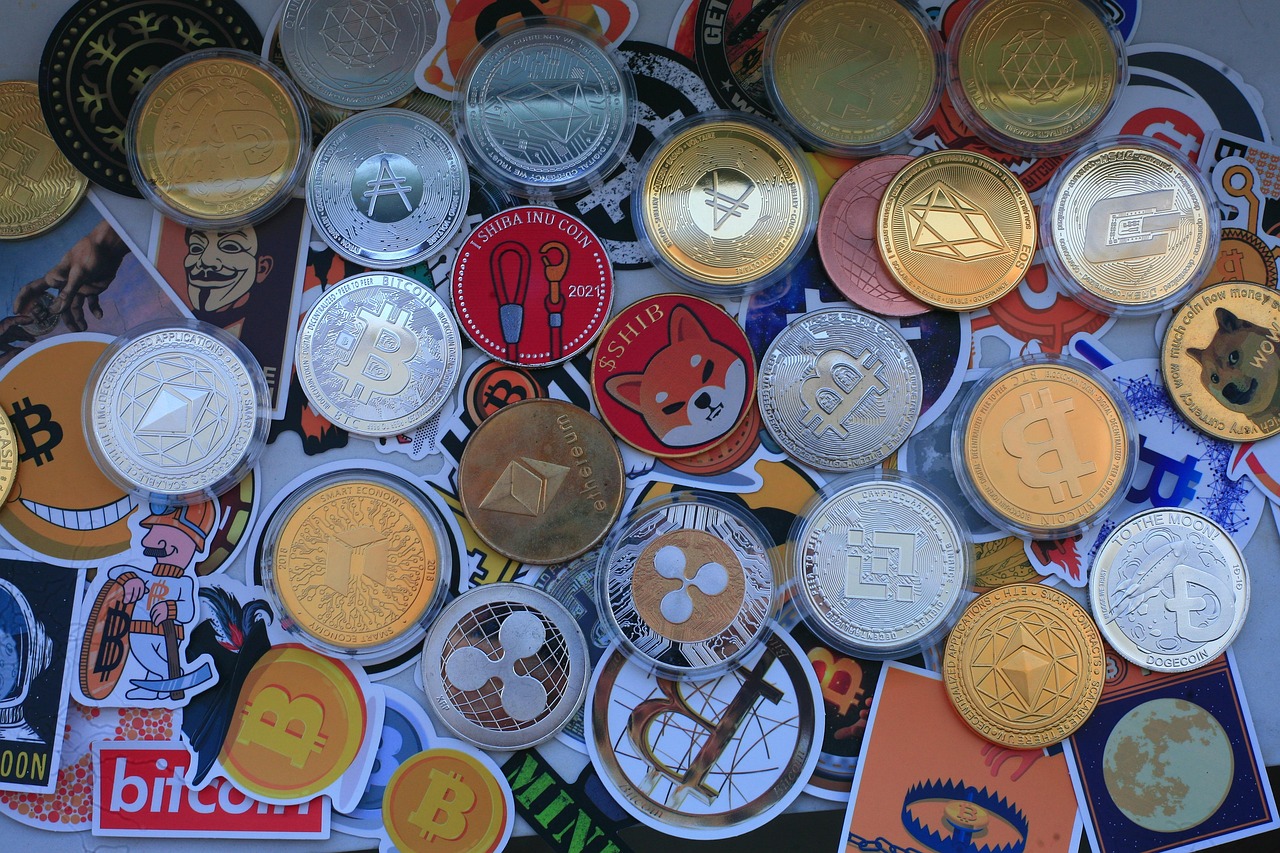




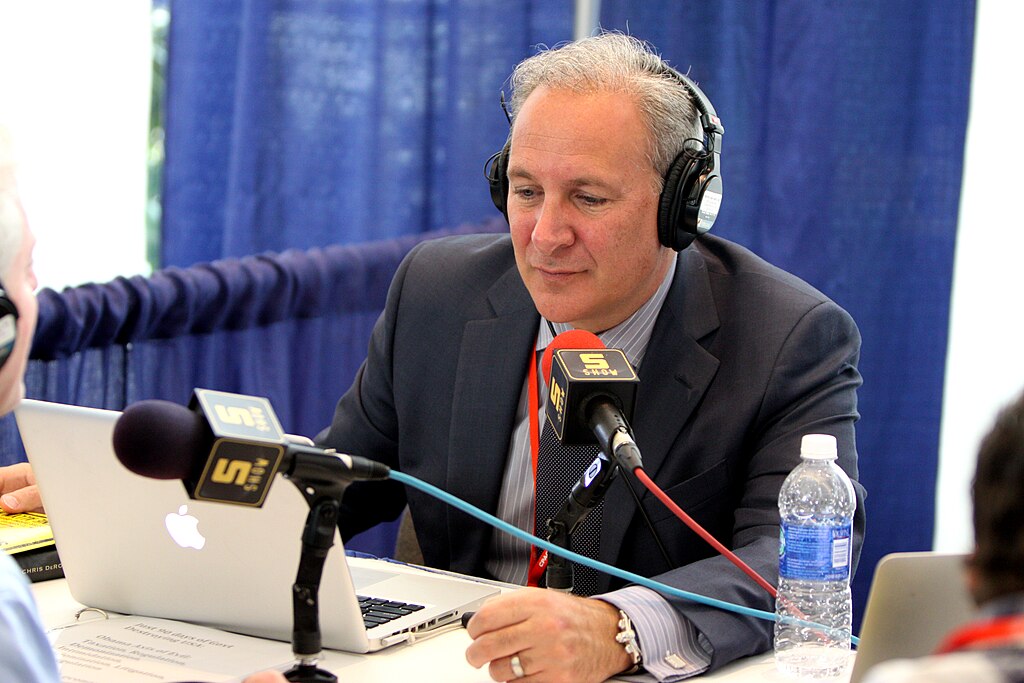


Comment 0